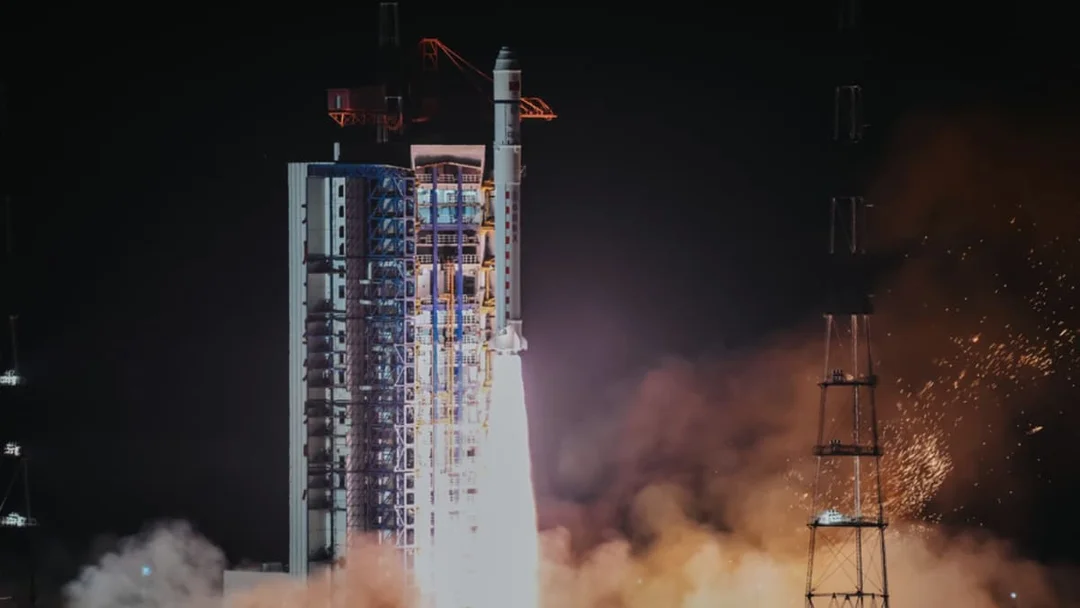
China’s Ambitious “Star-Compute Program” Launches First Satellites, Pioneering Space-Based AI Computing
China is making a significant leap in space technology with the launch of the first 12 satellites for its ambitious "Star-Compute Program." This initiative, spearheaded by ADA Space and Zhejiang Lab, aims to create a massive on-orbit network of 2,800 satellites, marking a potential revolution in space-based data processing and AI capabilities.

The Long March 2D rocket successfully launched from the Jiuquan Satellite Launch Center on May 14, 2025, carrying the "Three-Body Computing Constellation." What sets this constellation apart is its ability to process data directly in space, reducing reliance on ground-based infrastructure. According to ADA Space, these 12 satellites boast a combined computing power of 5 peta operations per second (POPS) and 30 terabytes of onboard storage. This on-orbit processing capability could dramatically speed up data analysis and decision-making in various applications.
These are not your average satellites. They feature advanced AI capabilities, high-speed laser inter-satellite links (up to 100 Gbps), and remote sensing payloads. One satellite even carries a cosmic X-ray polarimeter, developed in collaboration with Guangxi University and the National Astronomical Observatories of the Chinese Academy of Sciences (NAOC), to study transient events like gamma-ray bursts. This combination of features signifies a move beyond simple sensing and communication towards sophisticated data processing and AI execution in space.
ADA Space claims this is the world's first dedicated orbital computing constellation. This ambitious program aims to meet the growing demand for real-time computing in space and position China as a leader in building space computing infrastructure. This development could herald the beginning of space-based cloud computing and a new arena for strategic competition with the U.S., which has also tested edge computing in space. The potential implications are vast, spanning economic, scientific, and even military domains.
Notably, the "Star-Compute Program" involves collaboration with companies like SoftStone and Kepu Cloud to develop ground-based computing centers and AI platforms that will complement the space-based components. This integrated approach is aligned with China's national "New Infrastructures" initiative and its goal to become a global AI leader by 2030.
While this launch focused on the space-based computing constellation, China also launched a trio of Yaogan remote-sensing satellites on May 11, 2025, from the Taiyuan Satellite Launch Center. The Yaogan 40 Group 02, as it's called, is meant to "carry out electromagnetic environment detection and related technical tests."
The "Star-Compute Program" signifies a bold vision for the future of space exploration and data processing. How will this initiative impact global space competition? What are the potential applications of space-based AI computing? Share your thoughts in the comments below.